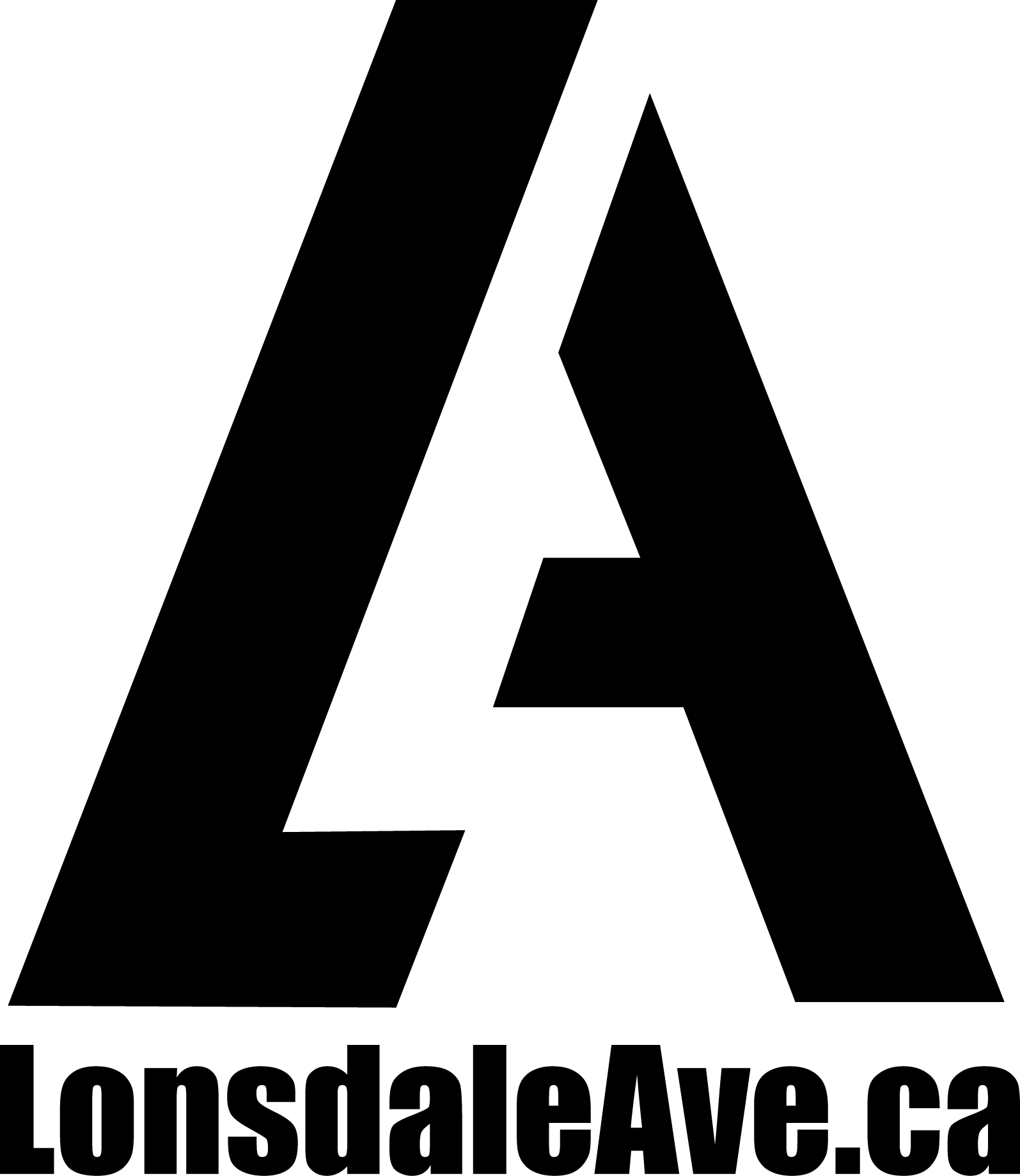The internet we know today, though transformative, has become a centralized and opaque system controlled by a few corporate giants. These organizations extract value from user data, often without consent, and creators struggle to monetize their contributions fairly. The advent of Metanet, a new model for the internet built on the Bitcoin SV (BSV) blockchain, promises to upend this status quo. It aims to revolutionize how we interact, share, and control data online by introducing a decentralized, immutable, and economically integrated version of the web.
Metanet represents more than just an upgrade to the current internet—it’s a foundational shift that empowers individuals, enhances data integrity, and unlocks new ways to monetize content. This article provides a comprehensive exploration of what Metanet is, how it works, and why it exists. We’ll dive deep into its architecture, economic model, technical mechanics, and the groundbreaking changes it promises for the future of online interactions.
What is Metanet?
At its core, Metanet is a blockchain-powered internet that transforms the traditional web into a distributed, decentralized network where data ownership, content creation, and digital interactions are not only secured but also monetized. Unlike the traditional internet, where user data is harvested and monetized by corporations, Metanet gives full control and ownership of data to the user.
Metanet uses the Bitcoin SV blockchain as its backbone. By doing so, it leverages blockchain’s capabilities to store data immutably, enabling the creation of a peer-to-peer network where trust is decentralized, transactions are transparent, and every action—whether it’s posting, sharing, or liking—can be monetized through micropayments. This turns the internet into a value-exchange network where users benefit from their online contributions.
Rather than simply providing a layer for financial transactions, Metanet transforms all digital content—whether it’s webpages, files, social media posts, or interactions—into data that can be tracked, verified, and monetized. This offers a profound alternative to the ad-driven, corporate-controlled web we experience today.
How Does Metanet Work?
Metanet operates through a combination of technical innovations and blockchain principles, creating an entirely new way of structuring, storing, and interacting with data online.
Blockchain as the Foundation
The Metanet is built upon the Bitcoin SV blockchain, which provides the necessary scalability, security, and legal compliance to support a decentralized internet. Unlike traditional internet servers, which store data centrally, every piece of content on Metanet is stored immutably on the blockchain. This means that data is not only tamper-proof but also publicly verifiable, creating an unbreakable chain of trust and accountability.
Data stored on Metanet isn’t limited to financial transactions. Everything from social media posts, blog articles, videos, and even webpages can be recorded on-chain, allowing for data permanence, security, and ownership. As every interaction is part of a blockchain transaction, the system enables a self-sustaining, economically integrated web, where users can control and monetize their data at a granular level.
Nodes and Edges: A Directed Graph of Data
The Metanet structures data in the form of a directed graph. At the heart of this system are nodes and edges.
- Nodes are blockchain transactions that contain content—anything from a webpage to a social media post or file.
- Edges represent relationships between nodes. A parent node might link to a child node, much like how a webpage links to subpages or other pieces of content.
This graph-based structure mimics the interconnectedness of today’s web, but with one major difference: all relationships and interactions are cryptographically secured on the blockchain. This means that content can be structured, searched, and navigated just like on the traditional web, but every interaction is recorded and validated on-chain.
The use of blockchain for data storage ensures that every node is unique and verifiable. Each node is identified by a public key and transaction ID, making it impossible for content to be forged or altered without leaving a clear trace.
Data Ownership and Permissioning
A critical feature of Metanet is data ownership. On the traditional internet, once content is posted, users often lose control of how it’s shared, used, or monetized. On Metanet, ownership is cryptographically tied to the user’s private key. Only the owner of a node can create child nodes or modify the content, ensuring that data is fully under the control of its creator.
The permissioning system ensures that nodes can be shared or linked to other nodes only with the owner’s consent. This gives users unprecedented control over their data, allowing them to decide who can access, modify, or link to their content. Ownership of content is verified on the blockchain, meaning it can be used as legal proof in cases of intellectual property disputes or unauthorized use.
Domains and Naming: A New Internet Hierarchy
Much like the current internet uses the Domain Name System (DNS), Metanet has its own way of organizing content hierarchically. Nodes can serve as top-level domains or subdomains, creating a structure that mirrors the domain and subdirectory model of the traditional web.
However, the key difference is that on Metanet, domain names are not controlled by centralized authorities like ICANN. Instead, domain names are linked to the public keys of nodes, making them decentralized and censorship-resistant. This prevents corporate or government control over domain access, ensuring that no single entity can shut down or seize control of an online presence.
Users can create vanity addresses (custom public keys) that make their domains human-readable, such as mnp://bobsblog, where bobsblog is a unique, blockchain-verified domain. This model eliminates the risk of domain seizure and ensures full ownership and control over digital properties.
Micropayments and the Economy of Data
Perhaps the most revolutionary aspect of Metanet is its economic integration through micropayments. On the traditional internet, revenue models are driven primarily by advertising, where user data is sold to companies without explicit consent. Metanet eliminates the need for third-party advertisers by allowing direct monetization of content through micropayments.
Every interaction on Metanet—whether it’s posting content, sharing a file, or commenting on a post—can involve a small transaction fee. Users can earn money for their contributions and engagement, creating a fair and transparent economy where value flows directly between participants without the need for intermediaries.
Platforms like Twetch, a social media app built on the BSV blockchain, exemplify this model. On Twetch, users pay a small fee to post content, but they can also earn revenue when others engage with their posts (by commenting, sharing, or liking). This creates an incentive for quality content and discourages spam and trolling, as bad actors would need to pay for every interaction they initiate.
Legal Accountability and Immutable Proof
On the traditional internet, intellectual property theft and disputes over content ownership are common. Proving ownership of digital content is difficult, as current systems lack the immutability and transparency required for verifiable proof.
Metanet solves this problem by using blockchain to create immutable records of content creation. Every action on Metanet is recorded on-chain with a timestamp and a cryptographic signature, allowing users to prove ownership of content in a legally defensible manner. If a user posts a blog, for example, that content is permanently linked to their public key, providing irrefutable evidence of their authorship.
This system of immutable proof extends beyond intellectual property protection. It also applies to data integrity and trustworthiness. Since every piece of content is verifiable on the blockchain, users can trust the authenticity of the data they encounter, reducing the risk of fraud and misinformation.
Why Does Metanet Exist?
The development of Metanet addresses some of the most fundamental problems inherent in the current internet. The centralized web has led to data exploitation, intellectual property theft, lack of accountability, and inequitable monetization. The creators of Metanet—pioneered by Dr. Craig Wright and supported by companies like nChain and Ayre Ventures—envisioned a system that rectifies these shortcomings.
Data Exploitation and Privacy
Today’s internet runs on an ad-driven economy that commodifies user data. Corporations like Google and Facebook provide “free” services in exchange for access to personal data, which they sell to advertisers. Users have little to no control over how their data is used, and they are not compensated for its exploitation.
Metanet addresses this issue by ensuring that users own their data. On Metanet, if a company wants access to your personal information, it must pay for that privilege, and it can only do so with your explicit consent. This creates a transparent data economy, where users are in control of their digital footprint.
Intellectual Property and Ownership
The current internet offers limited protection for intellectual property. Once content is posted online, it can be copied, shared, or monetized by others without proper attribution or compensation. This is especially problematic for independent creators, who often struggle to prove ownership of their work.
Metanet provides verifiable proof of content ownership by linking every post, file, or interaction to a public key on the blockchain. This creates a permanent, tamper-proof record of who created the content and when, making it easy to defend against intellectual property theft.
Censorship and Centralized Control
The internet today is controlled by a handful of powerful corporations and governments, which can censor content, seize domains, or shut down websites at will. This poses a threat to freedom of expression and open access to information.
Because Metanet is built on a decentralized blockchain, it is censorship-resistant. No single entity controls the network, and content cannot be arbitrarily removed or altered. Domains are linked to blockchain transactions, making them immune to the centralized control that plagues today’s DNS system.
Monetization for Creators
On platforms like YouTube, Facebook, or Instagram, creators often receive little compensation for the value they provide. These platforms take a significant cut of ad revenue, leaving creators with a small fraction of what they could earn. In many cases, creators don’t earn any direct compensation at all.
Metanet introduces a model where creators can directly monetize their content through micropayments. Every like, comment, or share on a post can generate income for the creator, allowing them to earn a living from their content without relying on advertising revenue.
The Future of Metanet: A New Era of the Internet
Metanet is not just an evolution of the internet; it’s a revolution in how we think about and interact with the digital world. By integrating blockchain, data ownership, micropayments, and immutable proof, Metanet offers a future where users control their data, creators are fairly compensated, and online actions are verifiable and secure.
As more developers build applications on Metanet and as platforms similar to the now closed Twetch gain traction, the world will increasingly shift away from the corporate-controlled web of today toward a decentralized, user-empowered internet. With its promise of data sovereignty, censorship resistance, and economic inclusivity, Metanet is poised to reshape the digital landscape for the better.
Metanet is the future of the internet—a future where ownership, transparency, and economic fairness are the foundations of a new digital age, stated by the founders and builders of the project.
Learn More About Metanet
nChain Blog Post
Coingeek Article
PR Newswire
Bitcoin SV Wiki
Lonsdale Avenue Magazine (this website you are currently reading) is an independent platform not affiliated with Metanet or any related entities. The views expressed in this article are for informational purposes and may differ from the opinions of our team. We cover a wide range of topics to encourage open dialogue and critical thinking. Readers are encouraged to conduct their own research and form independent conclusions. Lonsdale Avenue Magazine does not endorse or guarantee the accuracy of the information provided and assumes no liability for decisions or actions taken based on this content. Please consult professionals for advice when necessary.


